Overview
Map
Other Details
كنيسة سيّدة التلّة العجائبيّة
Deir El-Qamar
Chouf
Mount Lebanon
كنيسة سيّدة التلّة العجائبيّة - دير القمربُنِيَتْ كنيسة سيِّدةِ التلَّة على أَنقاضِ هَيْكَلٍ وَثَنِيٍّ أُقيمَ لِعِبادَةِ الإلَهْ القَمَرْ، تَحَوَّلَ إلى مَعْبَدٍ مسيحيٍّ عَلى يَدِ النَاسك إبراهيم القورشيّ. رمّمها البيزنطيّين والفرسان التيتونيّين. خُرِّبَت الكنيسة بعد رحيل الصليبيّين. مع بِدايَةِ القَرْنِ السّادِسَ عَشَرَ، وجَدَ الأهالي حجر العتبة من الكنيسة الأصليّة وسمّوها سيّدة التلّة. كان ذلك سنة ١٥١٦. شهدت الكنيسة على تاريخ دير القمر العريق، ومذابح سنة ١٨٦٠ حيث خَلَّصت القدّيسة رفقا طفلًا من الموت بشكل عجائبيّ إذ خبّأته في ثوبها. هي كنيسة محجّ لكلّ أبناء المنطقة. معروفة بعجائبها الكثيرة وفضلها. تحوي الكنيسة على عدد كبير من اللّوحات والآثار الكنسيّة.The Church of Our Lady Of Talleh - Deir el QamarThe church was originally a pagan temple for a moon deity, then converted into a church by the hermit Abraham of Cyr. It was restored by the Byzantines and the Teutonian knights. The church fell into despair after the Crusaders left, up until the sixteenth century, when local christians found the historical frontal stone and named their church Our Lady of the Hilll, it was consacrated in 1516. The church is a witness on the long history of Deir el Qamar and the massacres of 1860 when St Rafqa shielded a boy miraculously with her habit. The church is a pilgrimage site known for miraculous healings. It also contains a lot of paintings and church furnishings.انطوش ولوحات كنيسة سيّدة التلّة - دير القمر.سنة ١٧٥٠، وهبت الستّ أمّون، والدة الأمير يوسف المعنيّ للرهبانيّة الحلبيّة اللبنانيّة، أربعة أقبية والدكاكين الموجودة فوقها والتي تقع الى جانب الكنيسة، من اجل تعليم الأولاد وفائدة الشعب الروحيّة. فأقامت الرهبانيّة أوّل مدرسة ديموقراطيّة في الشرق حيث كان يتعلّم مجّانًا أولاد الأمراء الى جانب أولاد الفلّاحين، من دروز ومسيحييّن، من بنين وبنات، على إثر قرار المجمع اللبنانيّ سنة ١٧٣٦. سنة ١٩٠١، أُعيد بناء الأنطوش. سنة ١٩٣٧، جرى أوّل إحتفال رسميّ بمناسبة عيد سيّدة التلّة في الأحد الاوّل من شهر آب، وذلك بمنشور صادر عن راعي الابرشيّة آنذاك المطران أوغسطين البستاني.The Presbytery and the paintings of Our Lady of Talleh - Deir el KamarIn 1750 Lady Amoun of house Maan, mother of Prince Yousef, gave the Alepine Maronite Order four crypts and some commercial stores near the church to convert them into a school and provide spiritual assistance for the locals. The new school was the first democratic school in the Levant, teaching for the first time students from all backgrounds: Christians Druze, nobles peasants, boys and girls, in accordance with the precepts of the Lebanese council held in 1736. The presbytery was rebuilt in 1901. In 1937 a new feast day of Our Lady of Talleh was celebrated for the first time on the first Sunday of august.
Visited 3591 times, 1 Visit today



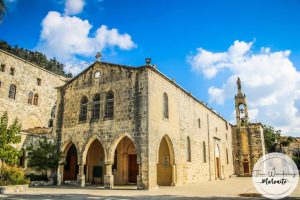
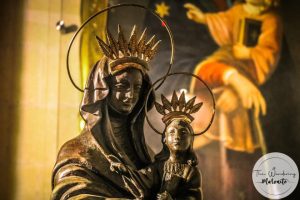
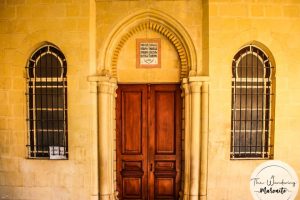


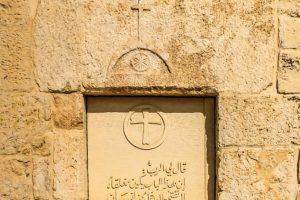
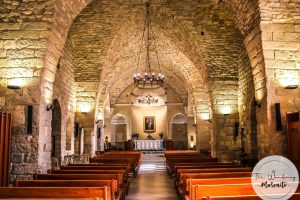
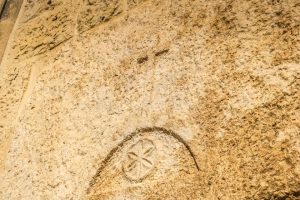
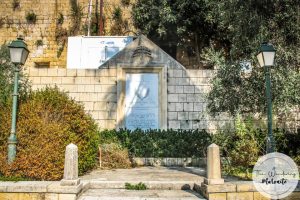

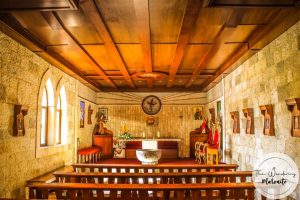
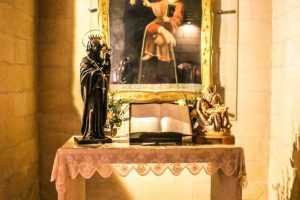

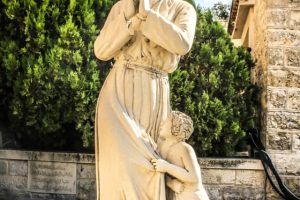

















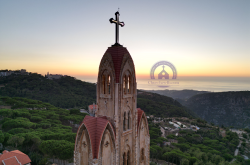
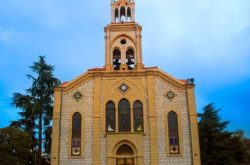
Reviews are disabled, but trackbacks and pingbacks are open.